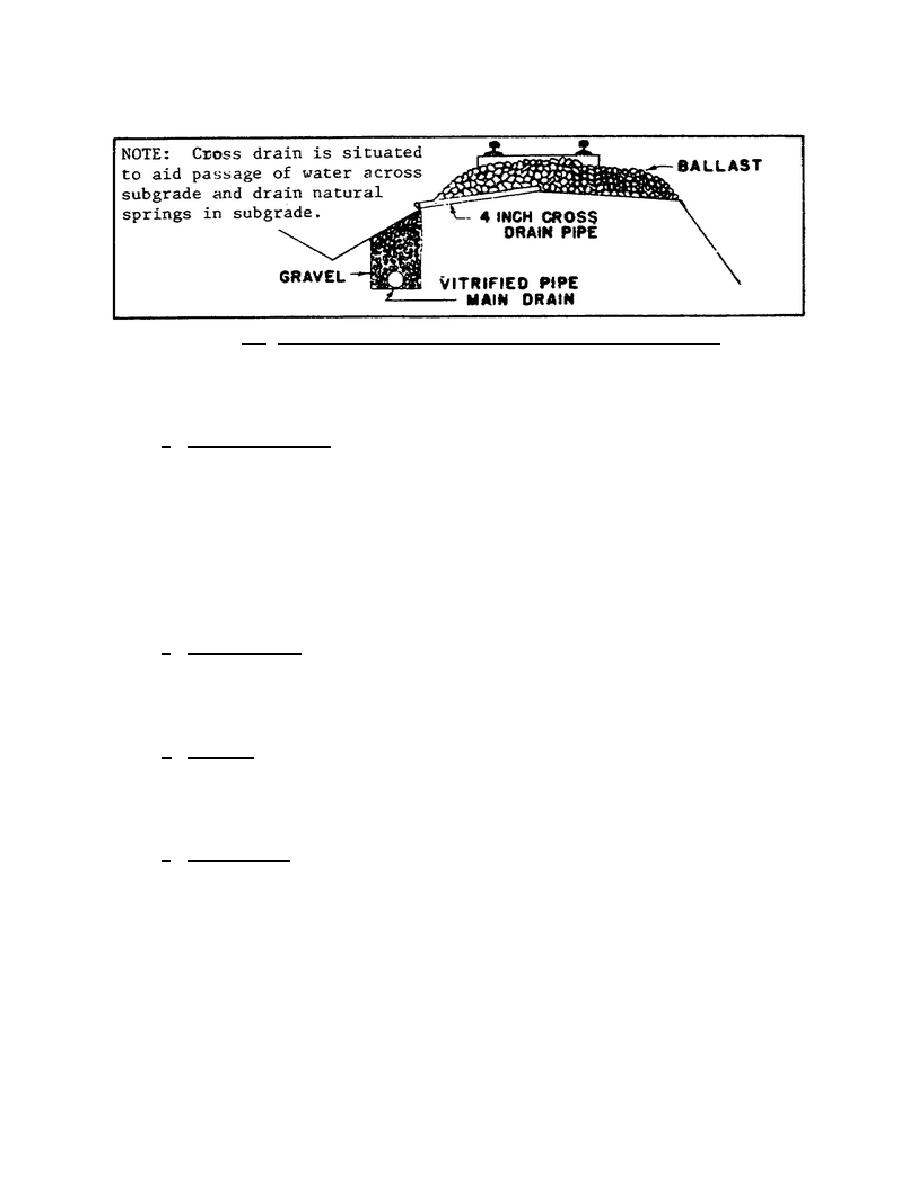
Figure 2.9. Cross Drain Installation With Pipe Drain on Top of Subgrade.
prolong life. The intervals at which pipe cross drains are installed depend on the severity of the
problem.
b. Intercepting ditches. Installed in the walls of a wet cut (fig. 2.7), intercepting ditches
divert water before it reaches the track and has a chance to do any damage. Furthermore, they
prevent water from running down the face of the cut and causing erosion. The minimum
dimensions for an intercepting ditch are 3 feet wide at the bottom and 1 foot deep. If experience
shows that these dimensions are not sufficiently large, they must be increased. These ditches
must have a minimum grade of 0.3 percent to move the water away. If the soil is not firm, water
movement in the ditch causes scouring. Should this happen, the ditch must be paved with
asphalt, concrete, stone, or bricks. In place of the intercepting ditch, a dike is some-times
constructed at the top of the cut.
c. Cinder trenches. A system of trenches filled with cinders may be used as cross drains
if the location does not require pipe laterals but does need some supplementary drainage. These
drains or those formed by merely removing ballast from a crib should, in no case, be located
directly under a rail joint (ch. 3, sec. IV).
d. Grouting. One inexpensive remedy for water pockets is grouting. Grout is a fluid
mixture of cement and water or of cement, sand, and water. The mixture is injected under
pressure into the void of the water pocket to force out the water and seal off the pocket, as
illustrated in figure 2.10. Commercial grouting equipment is available.
e. French drains. Where water pockets are chronic and are located higher than the
drainage ditch, as in fills, the use of French, or rock, drains is often justified. Such a drain is
constructed by removing the fill materials from the affected area and
36



 Previous Page
Previous Page
